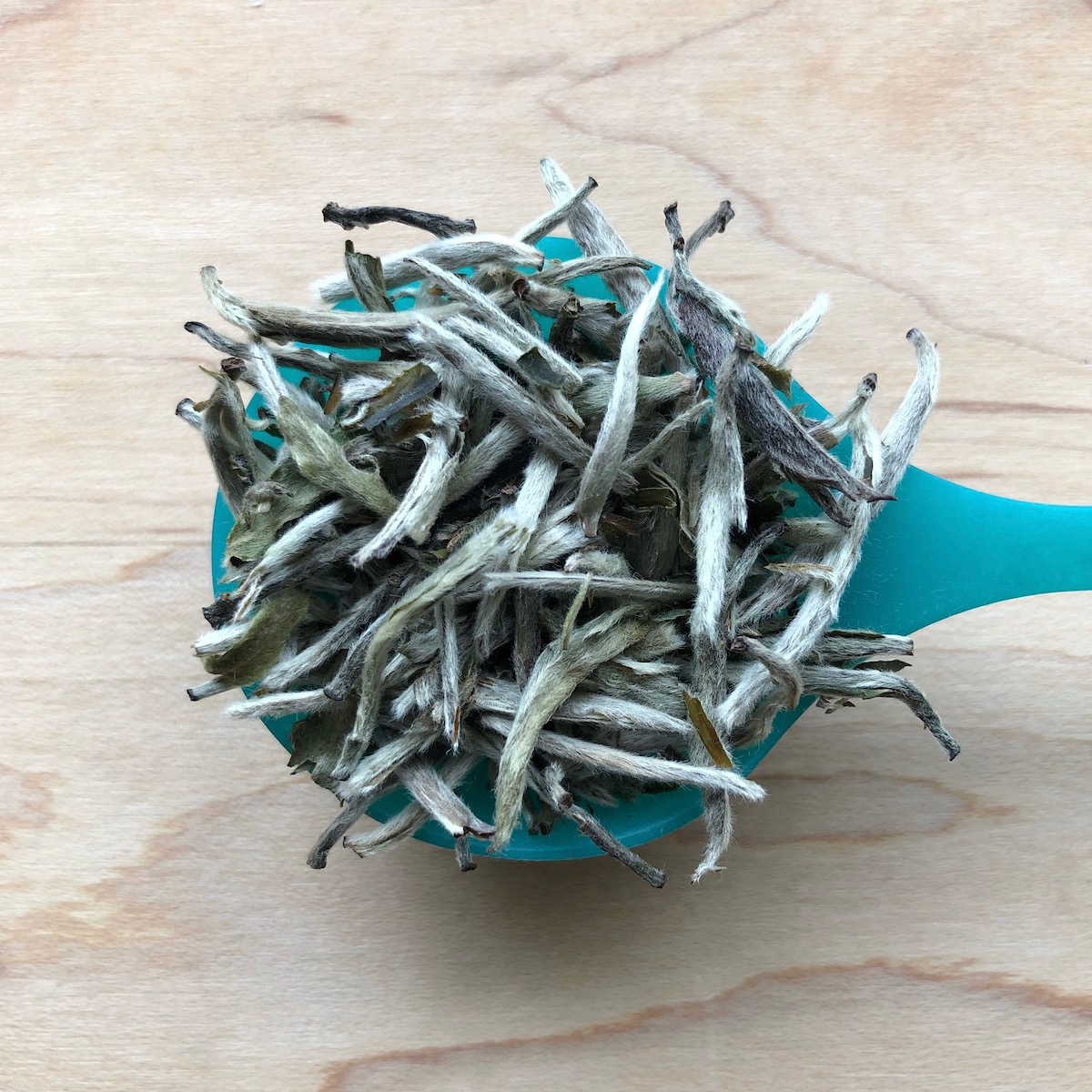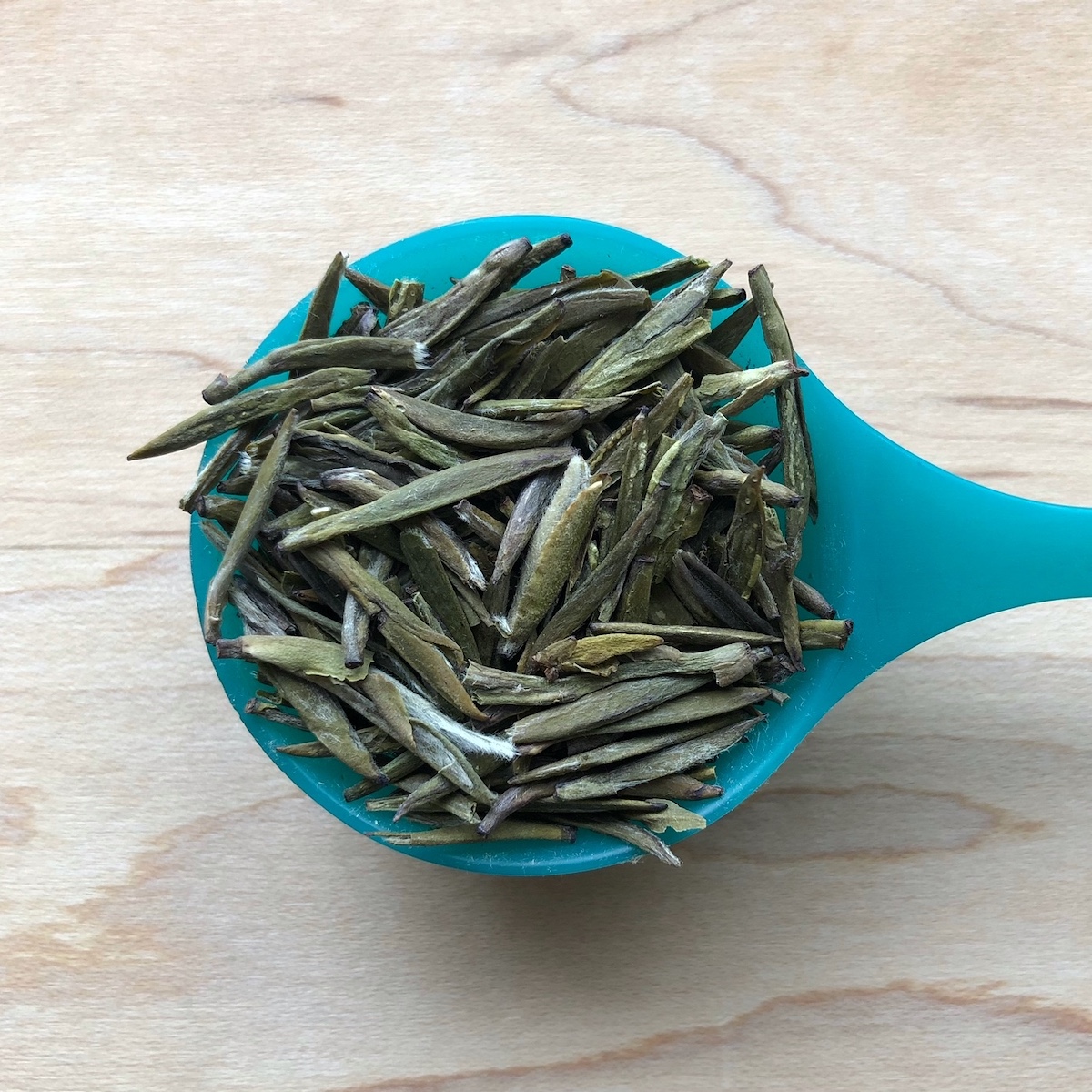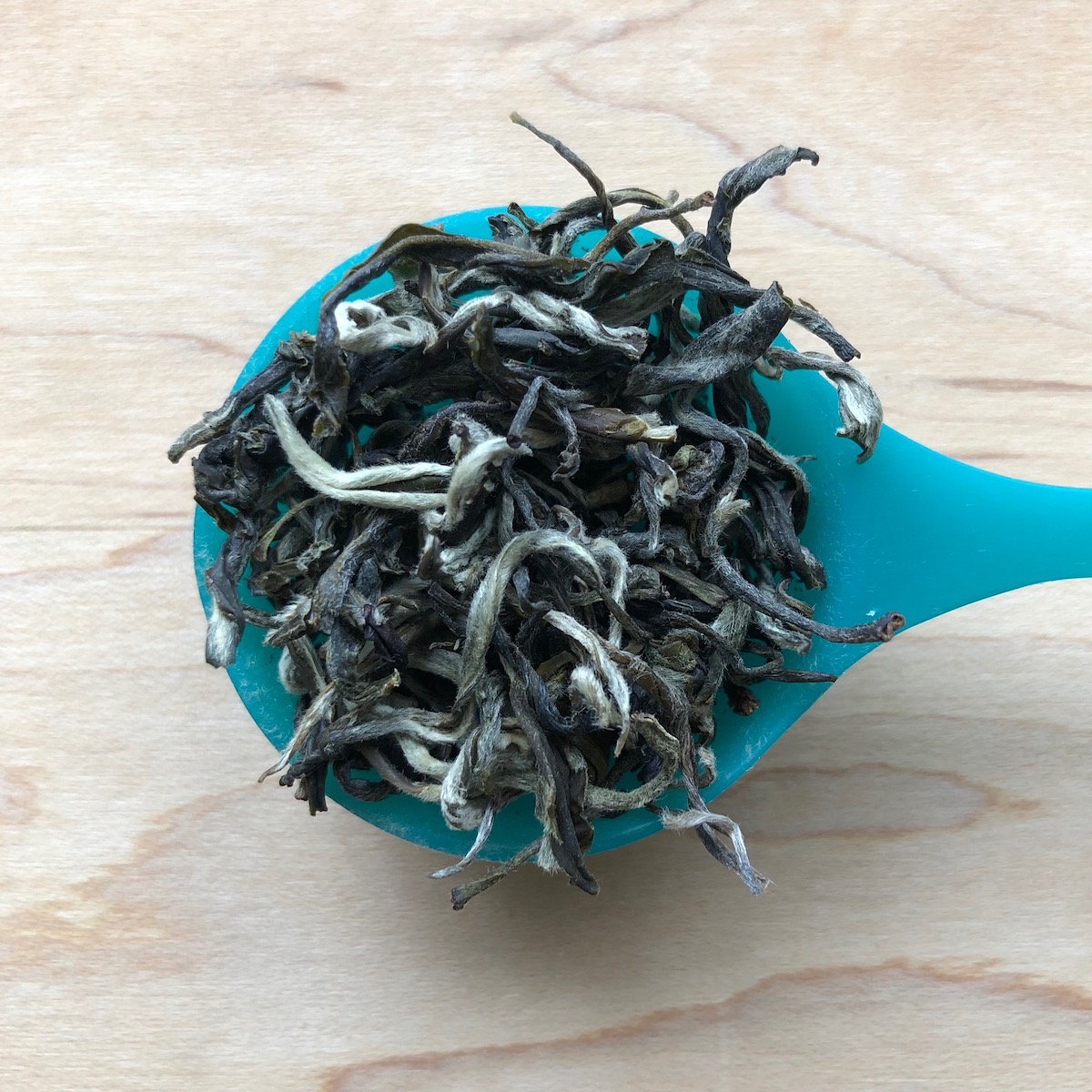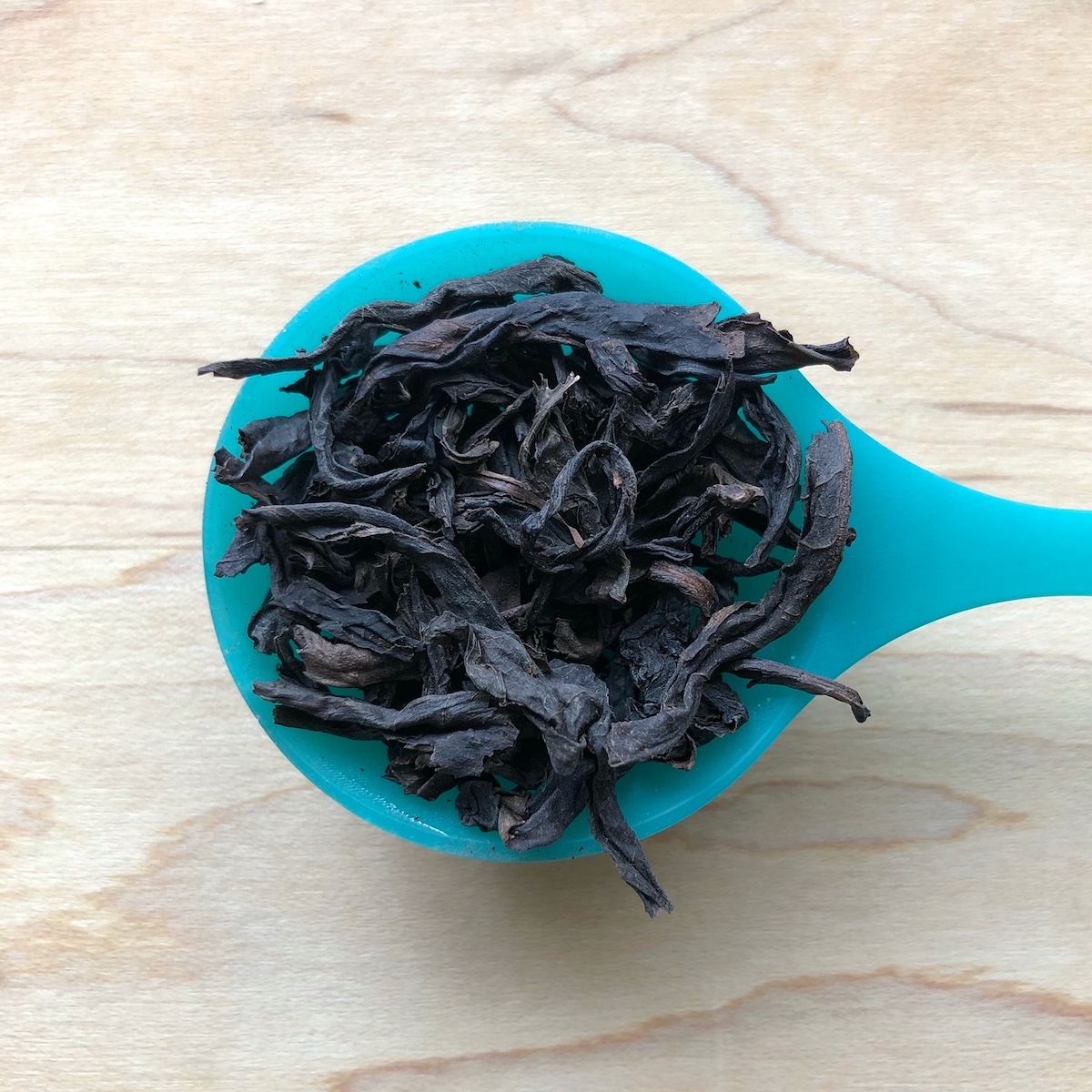
I recall walking into my first tea shop and seeing all the rows of teas tins and I felt so overwhelmed! Therefore, in this post, I wanted to break down the types of teas, so the next time you go tea shopping, you have an idea of what to look for!
There are three key points to remember when it comes to tea:
- All tea comes from Camellia sinensis which is an evergreen plant that is native to East Asia.
- Bonus information: The Camellia sinensis has different varieties (where the plant naturally originated from, such as China or India) and then cultivars (plants that have been propagated for specific characteristics, such as being more resistant to the cold or having a specific taste). This is important as it will give you additional information about what the tea will taste like;
- Herbal teas/tisanes (such as chamomile and peppermint) are not technically tea as these herbs come from other plants; and,
- The different types of teas are derived from how the tea leaves are processed. The main component is oxidation. When the tea leaves come into contact with oxygen, the colour of the leaves changes. Think of biting into an apple and it going brown!
There are six tea types:
- White
- Yellow
- Green
- Oolong (or wulong, which means black dragon)
- Black (In China, Black tea is referred to as hong cha, meaning red tea) and,
- Fermented (In China, this is known as hei cha, meaning dark tea. Pu’er is a type of fermented tea.)
In this post, I will be going through each tea type, examples of each, and my brewing recommendations. Each tea featured in this post is a tea from China to show the breadth of the type of teas from one country alone, and even then I’m only showing a fraction of all the teas produced in China!
With some basic information about tea out of the way, let’s go!
White

White tea is generally made of tea buds (higher grade) or tea buds with one or two leaves (lower grade). White tea undergoes the least amount of processing and since it is not rolled or shaped it maintains the leaf’s natural shape. The taste of white tea ranges from grassy and hay to floral, bready, woody, nutty, and cocoa.
- Examples of white teas are Camellia Sinensis’ Jingning Yin Zhen (pictured above), Moutain Stream Tea’s Sanxia White Tea, and Teakan’s Bai Mu Dan.
- Steeping recommendations: 1 teaspoon | 75°C to 85°C | 8 oz | 2 to 4 minutes
Yellow

Yellow tea is uncommon due to the leaves undergoing a unique step where the moist leaves are wrapped, in a thick paper or cloth for example. This maintains the warmth and humidity which causes the leaves to change from green to yellow-green. This step is known as men huang, which translates to sealed yellow. The taste of yellow tea is similar to that of green teas, but more subtle, with a range of vegetal, floral, citrus notes, and also flavours of nuts and seashore.
- Examples of yellow teas are The Tea Practitioner’s Mengding Huang Ya (pictured above) and Tao Tea Leaf’s Jun Shan Yin Zhen.
- Steeping recommendations: 1 teaspoon | 75-85°C | 8 oz | 3 to 5 minutes
Green

Green teas maintain its green colour since the plucked young leaves (1 bud and 2 leaves) are steamed or heated (ie. with a wok) which halts the oxidation. This step is known as fixing and is also referred to as kill-green. The leaves are then, depending on the tea, rolled and shaped, and dried. Since it undergoes little processing (in comparison to other teas), the green tea flavour depends on the actual tea leaves, as well as how the tea was fixed. The flavour can range from vegetal, floral, citrus, and seashore notes, to nutty, roasted and toasted (Dragonwell) due to the fixing method or additional processing.
- Examples of green teas are Rare Tea Co.’s Chinese Whole Leaf Green Tea (pictured above), Kyoto Obubu Tea Farms’ Hoji-Genmaicha, and Soocha Tea’s Woojeon.
- Steeping recommendations: 1 teaspoon | 75-85°C | 8 oz | 2 to 4 minutes
Oolong

Whereas white tea and green teas tend to be young tea leaves, leaves for oolong tea are plucked after the buds are open and up to 3 to 5 leaves are plucked. What makes oolong unique is the bruising step, where the leaves are tossed, tumbled, or lightly rolled which starts the oxidation. The bruising and oxidation process is repeated until the leaves hit the proper oxidation (10 to 30% for light oolong and 40% to 80% for dark oolong). The leaves are then fixed, shaped, and dried. Light oolongs tend to be more similar in taste to green tea, with vegetal and floral notes, and dark oolongs have a more similar taste profile to black tea, such as roasted notes due to prolonged oxidation and drying.
- Examples of oolong teas are World Tea House’s Wuyi Oolong (pictured above), What-Cha’s Taiwan ‘Jin Xuan’ Milk Oolong, and DAVIDsTEA’s Sticky Rice Oolong.
- Steeping recommendations: 1 teaspoon | 85–95°C | 8 oz | 3 to 5 minutes
Black

Black teas are the most oxidated of all the tea types. It is generally processed using two methods: CTC (Cut, Tear Curl – the leaves are macerated into small unified pellet shapes) or Orthodox (where the leaves are rolled). Black teas tend to be woody, floral, earthy, and nutty in flavour. In China, it is referred to as hong cha which translates to red tea due to the colour of the liquor.
- Examples of black teas are white2tea’s Daily Jinjunmei (pictured above), JusTea’s Nadi Hills Black, and Icha Tea’s Golden Eyebrow.
- Steeping recommendations: 1 teaspoon | 90-100°C | 8 oz | 3 to 5 minutes
Fermented

Fermented teas are teas that are fermented by microorganisms during the processing of the tea. One of the most popular types is pu’er or pu-erh which originates from Yunnan, China. There are two types of pu’ers: raw (sheng) and ripe/cooked (shu). Raw pu’er is where the tea is fermented naturally by the microorganisms and ripe/cooked pu’er is when the leaves are placed into a large pile and the microorganisms are added directly to the pile. Due to the fermentation step, there is a wide diversity of flavours for pu’ers, ranging from mushroom, musty, earthy, floral, woody, nutty, and fruity.
- Examples of fermented teas are Zhen Tea’s Fu Zhuan Premium, Bitterleaf Tea’s 2016 Mao Cha, and Toronto Tea Festival’s White Moon Pu’er Tea.
- Steeping recommendations (specifically for pu’er): 1 teaspoon | 90 to 100°C | 8 oz | 3 to 5 minutes
Final Thoughts
I hope this post was useful! I wanted to keep this short and to the point. Keep in mind that the recommendations are not for aged teas (outside of pu-erh). If you want to learn more, check out my other TEA 101 posts, where I have talked more about matcha (a green tea), Korean black tea, and pu-erh!
The books I used for this post were Tea: A User’s Guide to Tea by Tony Gebely and Tea: A Nerd’s Eye View by Virginia Utermohlen Lovelace! (Not affiliated links)
The question of the post: What is your favourite tea type and why?
Liked this guide about the different types of teas? Pin it!

